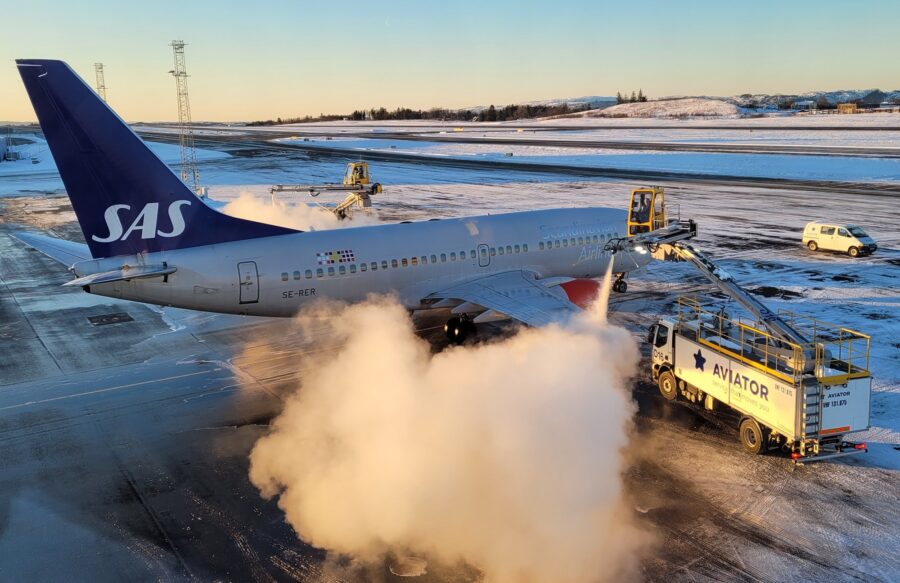Winter Operations Challenge Aviator Airport Alliance’s Net-Zero Ambitions

The aviation industry faces its toughest challenges during the winter, particularly in the Nordic regions where extreme cold and snow are commonplace. Aviator Airport Alliance, a leading provider of aviation services at 15 airports throughout the Nordics, is on a mission to achieve net-zero emissions by 2030. This ambition, however, is tested rigorously during the harsh Nordic winters, demanding unparalleled commitment to sustainability.
Jo Alex Tanem, CEO of Aviator Airport Alliance, discusses the unique hurdles of maintaining operations through the cold months while adhering to a sustainable agenda.
Record-Breaking Winter of 2023
Tanem highlights that a significant portion of the company’s carbon footprint originates from vehicle and equipment use necessary for ramp services and de-icing. This past winter posed extraordinary challenges: fluctuating temperatures, heavy snowfall, and freezing rain. For instance, Bardufoss Airport (BDU) weathered temperatures dropping to -28 degrees Celsius, then surging to +6 degrees Celsius. Norway’s record low hit -44 degrees Celsius. Despite these conditions, de-icing operations soared to nearly 5000 events, with Stockholm Arlanda Airport (ARN) and Helsinki Airport (HEL) experiencing 1800 and 1462 events, respectively. Snowfall was relentless, with Stockholm and Helsinki seeing snow for 26 and 27 days in December.
The HVO Challenge in Cold Conditions
Transitioning to sustainable fuels and electrifying the Ground Support Equipment (GSE) fleet are central to Aviator’s strategy for achieving carbon neutrality by 2026. However, this winter, the use of Hydrotreated Vegetable Oil (HVO) as an alternative fuel presented specific challenges. HVO, while sustainable, faced issues in extreme cold, particularly when temperatures fell below -20 degrees Celsius. Problems arose mainly with less frequently used equipment, such as Airstarters and mobile Ground Power Units, with fuel filters freezing and equipment failing to start. The lack of indoor parking for equipment exacerbated these issues.
Currently, Aviator utilizes HVO for all its diesel-powered equipment, with a 65% to 35% split between electric and diesel (with HVO) equipment. The sustainability benefits of HVO are clear, offering a significant reduction in emissions.
Since beginning to incorporate HVO into their operations in 2019-2020, Aviator has steadily increased its use. Beyond moving away from fossil fuels, the company focuses on achieving fully green turnarounds, further diminishing its environmental footprint.
Aviator Airport Alliance’s winter operations underline the complexities of striving for sustainability in extreme conditions. Despite the challenges, the company remains steadfast in its commitment to a net-zero future, embodying the resilience and innovation needed to transform aviation into a greener industry.
